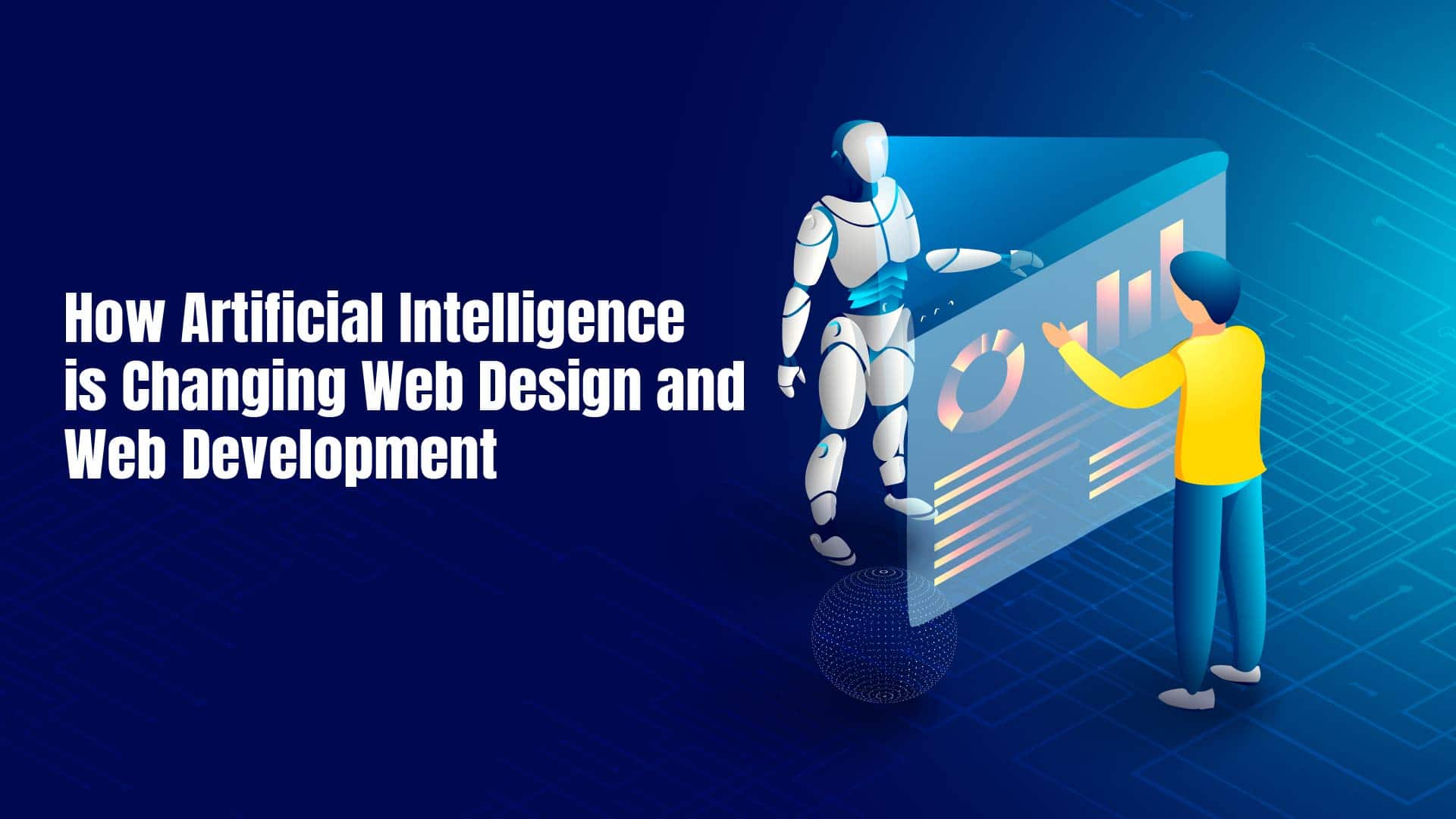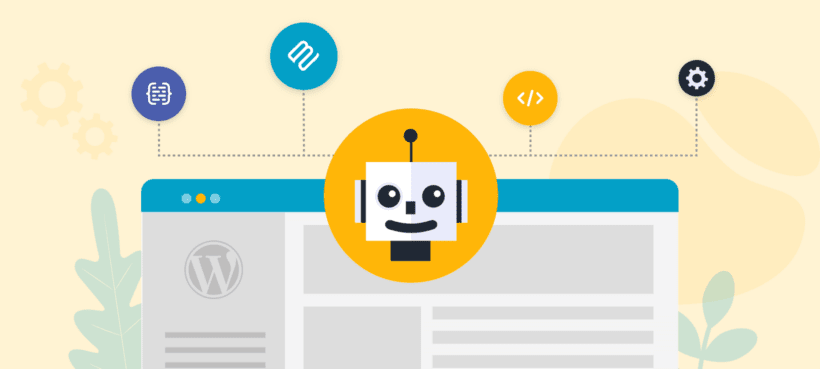
In the dynamic realm of web development, Content Management Systems (CMS) have undergone a fascinating evolution, transitioning from traditional structures to the innovative era of headless architectures. Let’s embark on a journey through the transformative phases of CMS and explore the driving forces behind this evolution.
Introduction:
In this exploration of the evolution of CMS, we’ll traverse through the foundational phases, examining the strengths and limitations of traditional systems, the liberating possibilities of decoupled architectures, and the unparalleled flexibility offered by the headless approach. Through real-world examples, case studies, and expert insights, we aim to provide a comprehensive guide for businesses and developers navigating the ever-expanding CMS landscape.
Traditional CMS Systems:
Traditional CMS, with its integrated front and back ends, has long been the cornerstone of web development. Platforms like WordPress, Joomla, and Drupal have empowered users to create and manage content effortlessly. However, their limitations in flexibility and scalability paved the way for the next phase of CMS evolution.
However, as web development advanced and the demand for more sophisticated, dynamic websites grew, the limitations of traditional CMS became apparent. The monolithic structure of these systems posed challenges in terms of scalability, flexibility, and adapting to the rapidly changing technological landscape.
Rise of Decoupled CMS:
The advent of decoupled CMS marked a significant departure from the monolithic structures of traditional systems. In this approach, the front end and back end were decoupled, allowing developers to choose independent technologies for each layer. This decoupling introduced a new level of flexibility and agility, enabling more dynamic and interactive web experiences.
Real-world examples showcased the benefits of decoupled CMS in action. Organizations with diverse technological needs found that decoupling the front end from the back end enhanced performance, streamlined development processes, and facilitated the integration of third-party services. It became evident that this approach was particularly effective in scenarios where a traditional CMS might fall short.
Emergence of Headless CMS:
While decoupled CMS systems provided newfound flexibility, the evolution didn’t stop there. Enter the era of headless CMS, a paradigm shift that took decoupling to the next level. In a headless architecture, the content management layer is entirely divorced from the presentation layer. This means content is created and stored without any predetermined structure, providing unparalleled flexibility in how and where it’s presented.
Headless CMS allows developers to fetch and display content via APIs, enabling the same content to be seamlessly delivered across various platforms—web applications, mobile apps, IoT devices, and more. This approach empowers businesses to create highly personalized, immersive, and consistent user experiences across a multitude of channels.
The advantages of a headless approach extend beyond flexibility. Improved scalability, faster development cycles, and enhanced security are some of the key benefits that organizations experience when adopting headless CMS. As technology continues to advance, headless CMS provides a future-proof solution that can easily adapt to new devices and platforms.
Headless CMS in Action:
With the theoretical understanding of headless CMS in place, it’s crucial to witness its practical implications through real-world applications. The adoption of headless CMS has been a transformative force in various industries, showcasing its adaptability and scalability.
Enhanced Developer Workflows
Organizations that have embraced headless CMS often report improved developer workflows. The separation of concerns between content creation and presentation allows developers to work independently, resulting in faster development cycles. This agility is particularly valuable in dynamic digital environments where rapid changes and updates are the norm.
Optimized User Experiences
One of the hallmark features of headless CMS is its ability to deliver optimized user experiences. By enabling content to be presented consistently across diverse platforms, from traditional websites to emerging technologies like voice interfaces and augmented reality, businesses can engage their audiences in more meaningful ways.
Case Studies: Success Stories in Headless CMS Adoption
E-commerce Revolution
A leading e-commerce platform successfully adopted a headless CMS to manage its extensive product catalog. The headless architecture allowed for seamless integration with multiple frontend applications, providing a unified shopping experience across web, mobile, and in-store kiosks.
Media and Publishing Innovations
A major media outlet utilized headless CMS to streamline its content distribution process. By leveraging APIs, they could effortlessly share articles, videos, and multimedia content across their website, mobile app, and social media channels, ensuring a cohesive brand experience.
These case studies highlight the tangible benefits of headless CMS in action, demonstrating its adaptability to diverse business needs.
Considerations for Choosing the Right CMS:
As businesses and developers navigate the diverse CMS landscape, it’s essential to consider several factors when choosing the right solution for a particular project. In this chapter, we’ll explore the key considerations that should guide decision-making, whether opting for a traditional, decoupled, or headless CMS.
Understanding Project Goals and Requirements
The first step in selecting the right CMS is understanding the specific goals and requirements of the project. For instance, a small business website might find the simplicity of a traditional CMS sufficient, while a large enterprise with complex digital experiences might benefit from the flexibility of a headless approach.
Scalability and Performance Demands
Scalability is a critical factor in the selection process. Traditional CMS may struggle to handle the demands of rapidly growing websites, while decoupled and headless architectures are designed to scale more efficiently. Consider the expected growth trajectory and performance demands of your project.
Development Preferences and Expertise
The skill set and preferences of your development team play a crucial role in the decision-making process. A traditional CMS might be more approachable for beginners, while experienced developers might prefer the flexibility and control offered by decoupled or headless architectures.
Integration with Third-Party Services
Evaluate the need for integrating third-party services into your project. Decoupled and headless CMS often excel in this area, allowing for seamless integration with a wide range of services, APIs, and tools.
Total Cost of Ownership (TCO)
Consider the total cost of ownership, including initial setup, maintenance, and potential future enhancements. While traditional CMS platforms might have a lower entry barrier, the long-term benefits of decoupled or headless systems might outweigh the initial investment for certain projects.
Conclusion:
In conclusion, the evolution of CMS from traditional to headless architectures reflects a dynamic response to the evolving needs of the digital landscape. The journey has unfolded through the simplicity of traditional systems, the flexibility of decoupled architectures, and the unparalleled adaptability of headless CMS.
As developers, businesses, and content creators navigate this transformative landscape, it’s imperative to align the choice of CMS with the unique goals, scalability requirements, and technological preferences of each project.
At SkyWeb Micro Solutions, we understand that one size doesn’t fit all. Our commitment is to provide tailor-made solutions that cater to your specific needs. Whether you’re drawn to the familiarity of traditional systems, the enhanced flexibility of decoupled architectures, or the cutting-edge innovation of headless CMS, you visit our CMS Web Development Service and get in touch with your any development requirement.
As we collectively embrace the future of web development, remember that the power to shape your digital experiences is in your hands. Choose wisely, adapt fearlessly, and build with confidence.
“In the world of web development, the only constant is change. Embrace the evolution, and build the future.” – SkyWeb Micro Solutions









